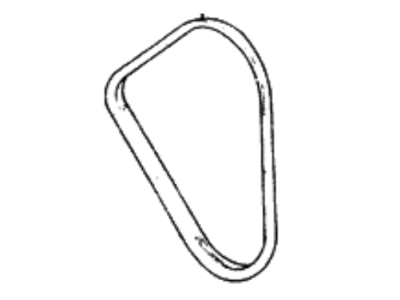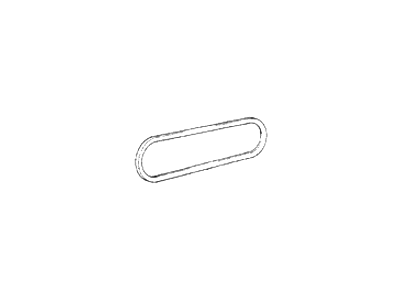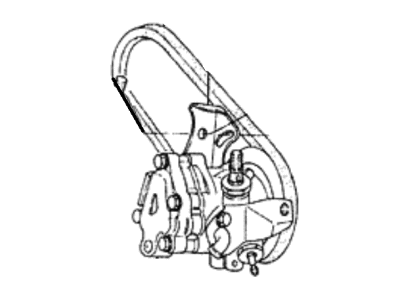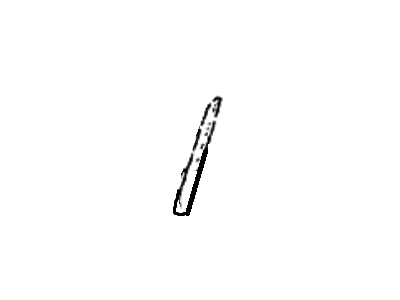×
- Hello
- Login or Register
- Quick Links
- Live Chat
- Track Order
- Parts Availability
- RMA
- Help Center
- Contact Us
- Shop for
- Hyundai Parts
- Hyundai Accessories


My Garage
My Account
Cart
Genuine Hyundai Excel Drive Belt
Serpentine Belt- Select Vehicle by Model
- Select Vehicle by VIN
Select Vehicle by Model
orMake
Model
Year
Select Vehicle by VIN
For the most accurate results, select vehicle by your VIN (Vehicle Identification Number).
12 Drive Belts found
Hyundai Excel Water Pump And Generator V-Belt
Part Number: 25212-21200$7.18 MSRP: $9.27You Save: $2.09 (23%)Ships in 1-3 Business DaysHyundai Excel Serpentine Belt Drive V-Ribbed
Part Number: 25212-21220$7.18 MSRP: $9.27You Save: $2.09 (23%)Ships in 1-3 Business DaysHyundai Excel Power Steering Pump V-Belt
Part Number: 57231-24000$7.92 MSRP: $10.24You Save: $2.32 (23%)Ships in 1-3 Business DaysHyundai Excel Power Steering Pump V-Belt
Part Number: 57231-21000$8.91 MSRP: $11.52You Save: $2.61 (23%)Ships in 1-3 Business DaysHyundai Excel V-Belt
Part Number: 23127-21500$12.03 MSRP: $15.55You Save: $3.52 (23%)Ships in 1-3 Business DaysHyundai Excel V-Belt
Part Number: 97713-24710$12.98 MSRP: $16.77You Save: $3.79 (23%)Ships in 1-3 Business DaysHyundai Excel Ribbed V-Belt
Part Number: 25212-24350$25.64 MSRP: $35.71You Save: $10.07 (29%)Ships in 1-3 Business DaysHyundai Excel V-Belt
Part Number: 23127-21250$12.03 MSRP: $15.55You Save: $3.52 (23%)Ships in 1-3 Business DaysHyundai Excel V-Belt
Part Number: 23127-24001$12.03 MSRP: $15.55You Save: $3.52 (23%)Ships in 1-3 Business DaysHyundai Excel V-Belt
Part Number: 23127-24010$12.03 MSRP: $15.55You Save: $3.52 (23%)Ships in 1-3 Business DaysHyundai Excel V-Belt
Part Number: 23127-24710$12.98 MSRP: $16.77You Save: $3.79 (23%)Ships in 1-3 Business DaysHyundai Excel Water Pump And Generator V-Belt
Part Number: 25212-24320$25.64 MSRP: $35.71You Save: $10.07 (29%)Ships in 1-3 Business Days
Hyundai Excel Drive Belt
If you are looking for affordable high-quality OEM Hyundai Excel Drive Belt, then you have come to the prime place. Our website provides a large amount of genuine Hyundai Excel Drive Belt at unbeatable prices. All our parts come backed with the manufacturer's warranty.
Hyundai Excel Drive Belt Parts Questions & Experts Answers
- Q: What is the significance of checking and adjusting the drive belts for the alternator and air conditioning compressor on Hyundai Excel?A:The front end of the engine is where the alternator and air conditioning compressor, V-belts, "fan" belts are. Their strain and adjustment is crucial to the operation of the engine because they can age, stretch or deteriorate. The number of belts used depends on the accessories installed. For instance while one belt runs from the crankshaft to both alternator and water pump, another belt drives an A/C compressor for a vehicle with such facility. Check each belt for different signs of wear by switching off the engine, opening the hood and using a torch before replacing it if any problems are detected. To test how tight each belt is: a belt tension gauge can be utilized or if there isn't one; just assume that it's nearly tight enough and let that work as your basis for adjustment. Undoing this will only require loosening of the adjustment bolt so that you may pivot either power steering pump or alternator or both in case of need be when adjusting their belts whereas in case of air conditioning compressor drivebelt adjustment more than likely you'll find idler pulley just above it so you turn adjuster bolt on it . Following exactly similar procedures for adjustments but remove belt from crankshaft pulley whilst replacing a belt would be applicable besides doing away with air conditioning compressor belt first incase replacement concerns alternator belt. It's suggested that both belts should be replaced concurrently. Once you change a V-ribbed drivebelt make sure it fits properly in grooves that have been ribbed within pulleys then adjust requisite adjustments accordingly concerning those individual belts again as need dictates them at all times.
























